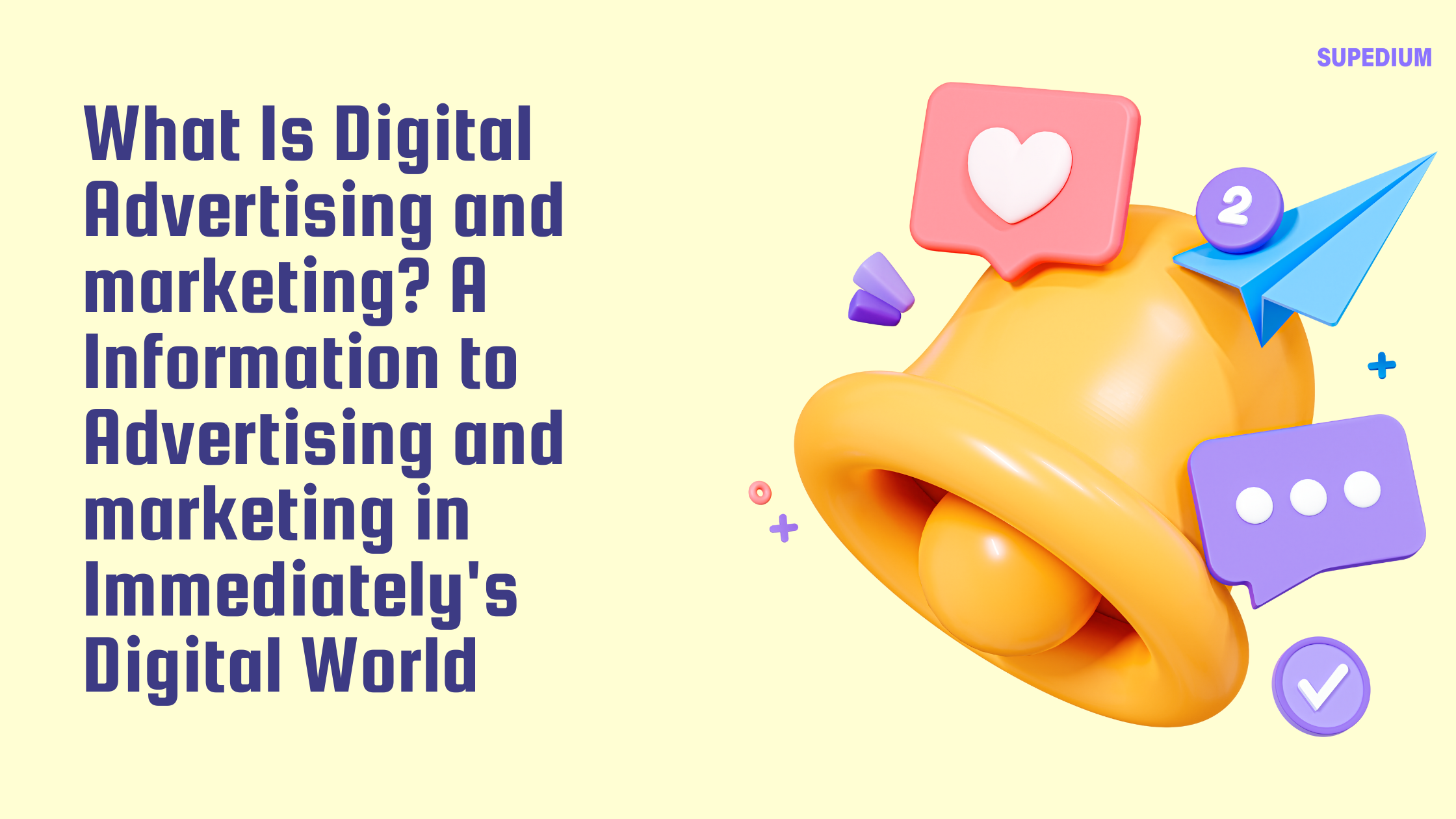Table of Contents
![]()
Introduction
Human language is a defining characteristic of our species, enabling complex communication, abstract thought, and the transmission of culture. Its evolution is a multifaceted journey, intertwining historical, cognitive, and comparative perspectives. Understanding this evolution provides insight into the development of human societies and the nature of language itself.
Historical Development
Pre-linguistic Communication
Before the advent of fully developed languages, early hominids relied on a combination of vocalizations, gestures, and facial expressions for communication. These proto-languages were likely rudimentary but essential for social bonding and survival. Evidence suggests that early humans used these forms of communication to coordinate activities and share basic information.
Emergence of Language
The origin of language remains a topic of significant debate. The gestural theory proposes that language began as a system of hand signals and body movements, which gradually incorporated vocal elements. Alternatively, the vocal theory posits that early humans began developing complex vocalizations that evolved into structured language. Archaeological findings, such as ancient carvings and artifacts, hint at the early use of symbols and proto-writing systems, indicating that the development of language was a gradual and complex process.
Ancient Languages
The earliest known written languages emerged around 3200 BCE in Mesopotamia with Sumerian, and shortly thereafter in ancient Egypt with Egyptian hieroglyphs. These early languages laid the foundation for future linguistic development. The study of language families, such as Indo-European and Afro-Asiatic, reveals how languages spread and diversified from common ancestral languages, influencing cultures and societies across millennia.
Cognitive Aspects
Neurological Foundations
Language is deeply rooted in the brain’s structure. Broca’s area, associated with speech production, and Wernicke’s area, linked to language comprehension, are crucial for linguistic ability. The evolution of these brain regions in hominids is evident from fossil records and comparative studies with other species. Early humans developed specialized brain functions for language, which distinguished them from other primates.
Developmental Milestones
Language acquisition in children mirrors the historical development of language to some extent. Infants start with simple sounds and gestures, gradually developing more complex linguistic skills. This process provides a window into how language might have evolved over time. Studies of communication in non-human primates also offer insights into the cognitive precursors to human language.
Comparative Linguistics
Language Families and Relationships
Linguists classify languages into families based on common ancestors. The Indo-European family, for example, includes languages like English, Spanish, and Hindi, all stemming from a shared proto-language. Comparative linguistics involves reconstructing these proto-languages to understand the relationships and divergence of languages over time.
Language Change and Diversification
Languages are not static; they change and diversify through sound shifts, grammatical changes, and vocabulary expansion. Historical linguistics examines these changes to trace language evolution. Additionally, the phenomenon of language extinction, where languages fall out of use, and language revival efforts, such as those for Hebrew and Hawaiian, highlight the dynamic nature of linguistic evolution.
Modern Theories and Models
Evolutionary Models
Several theories attempt to explain the evolution of language. Darwinian theories focus on natural selection and the survival advantages of communication. In contrast, Noam Chomsky’s theories emphasize the innate structures of the human brain that facilitate language acquisition. Modern models integrate these perspectives, suggesting a complex interplay of biological and environmental factors.
Social and Cultural Influences
Language is shaped by social and cultural contexts. The development of language is influenced by social interactions, cultural practices, and technological advancements. In the digital age, new forms of communication, such as texting and social media, are rapidly evolving, impacting language use and development.
Future Directions
Technological Advancements
Advancements in technology, particularly in artificial intelligence and machine learning, are revolutionizing language processing. AI systems, such as chatbots and translation tools, are becoming increasingly sophisticated, influencing how languages are used and learned. These technologies could play a significant role in future linguistic evolution.
Ongoing Research
Current research continues to explore the intricacies of language evolution, from genetic studies that link language capabilities to specific genes, to investigations into the cognitive processes underlying language use. As new discoveries emerge, our understanding of language’s evolution will become more refined, revealing deeper insights into what makes human communication unique.
Conclusion
The evolution of human language is a complex and ongoing process, reflecting both our cognitive development and cultural changes. By delving into its historical, cognitive, and comparative aspects, we gain a greater appreciation for the ultimate significance of language in shaping human experience. Understanding this evolution not only enriches our knowledge of the past but also informs the future of human communication.
Share This





Be the first to comment